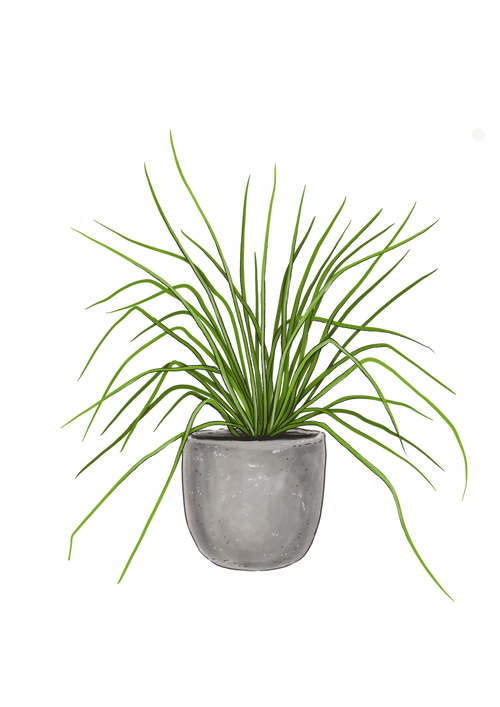Chives Care Guide

-
Light : High
Enjoys bright, full sunlight 6-8 hours daily.
-
Water : Medium
Water well and let drain sufficiently. These plants like consistent moisture in well draining soil but not soggy. Let dry out in the top 1 inch of soil between waterings.
-
Humidity : Medium
If grown inside under grow lights, normal home humidity at 40% is fine.
-
Temp : 40℉ - 85℉
This plant prefers temperatures on the cooler side but not dipping below freezing.
-
Zone : 3|4|5|6|7|8|9
Your chives will need 6-8 hours of full sun per day. In the south and southwest where temps are extra hot, they can be in part sun (4-6 hours).
-
Fertilizer : Monthly
Fertilize once a month with a liquid fertilizer into the water while watering. Fertilize in the spring and summer months but let the plant rest in the fall and winter.
-
Repotting : Yearly
To transplant into a garden container or the garden bed, water your plant the night before. Dig the hole twice as wide as the grower pot and the same depth (not deeper). Remove the plant and center in the hole. Water in the hole and let drain. Add organic compost mixed with your native soil and mix. The pH level should be slightly acidic to neutral between 6-7. Fill around the plant and up to the top of its soil line. Tamp down with your hands to remove any air pockets. Water again around the drip line. Keep her soil moist as it gets established.
-
Cleaning : As needed
Trim chives back to within 1-2 inches of the base to use and rejuvenate. You'll have a new flush of growth within four weeks.
-
Propagation : Division
Division: When planted outdoors, divide the chives in the spring or fall. Dig the plant up, giving plenty of room around the root ball. Remove the root ball and divide the bulbets with a sharp knife or pruners. Replant in a full sun spot (6-8 hours) in a pH of 6-7 pH with good drainage or a container plant mix. Use your plant meter to ensure the soil pH is correct. Dig the hole twice as wide and the same depth as the original. Add root hormone at the bottom of the hole, place the root ball in the center, and water. Add compost and supplemental garden soil mixed with the native soil to the hole. Plant them in bright, indirect sunlight and water.















